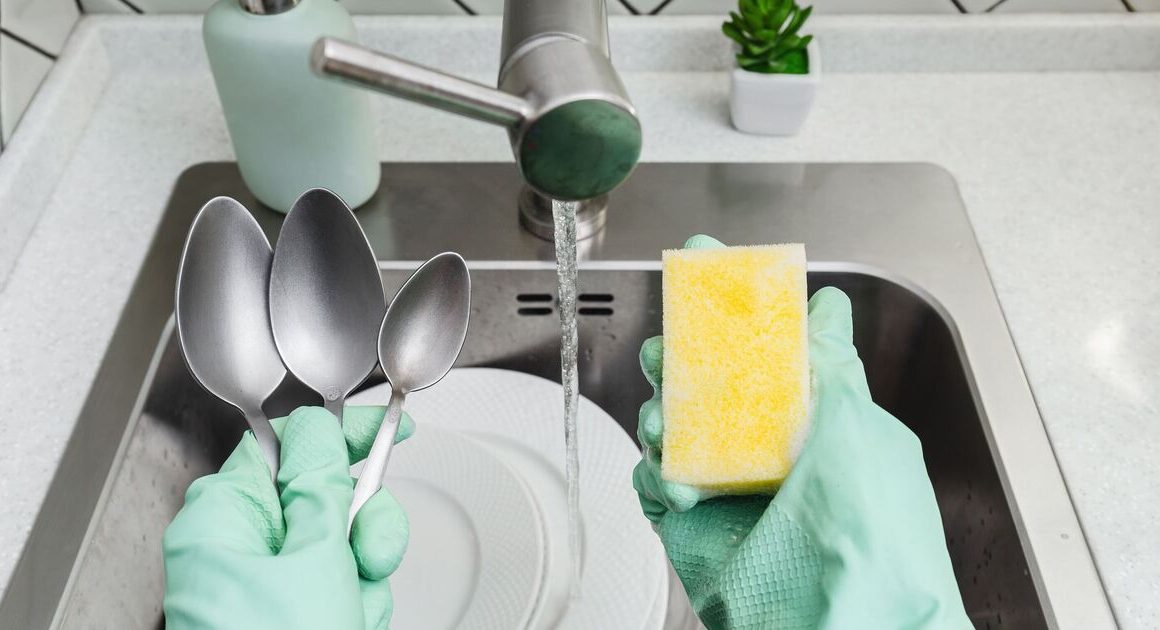Hydrangeas don’t require much maintenance, but one gardening task carried out across all varieties can stimulate new growth – pruning.
Pruning is particularly crucial for a vibrant, yearly floral display, as hydrangeas bloom better on fresh stems.
According to gardening retailer Primrose, pruning hydrangeas encourages a more compact growth habit. Without regular care, hydrangeas often grow tall and spindly, rather than densely filled with foliage and flowers.
The time to prune hydrangeas is usually when the blooms have turned brown and crispy, and the leaves start to wilt.
The experts advised: “When small buds start to form on the stems it is time to give your plants a prune. Leaving faded flowers on your mophead or lacecap hydrangea plants until late winter or early spring will help to protect them from frost.”
Climbing hydrangeas, however, only need occasional light tidying to remove any dead flowers. It’s also advisable to prune any overly long shoots immediately after flowering but leave the top of the plant untouched as much as possible as this is where most flowers will bloom.
Trimming a hydrangea is “very simple” and “only requires one essential tool” – a set of clean, sharp secateurs.
When trimming hydrangeas, it’s imperative to “always aim for clean cuts” using sharp secateurs, according to garden experts. This approach will “reduce damage to the plant” and help it “heal and resist disease much better”.
Garden enthusiasts should take note that while established hydrangea plants are robust against pruning, too much cutting back at once can result in diminished blooms the subsequent summer.
Rather than a comprehensive annual prune, experts suggest a severe cutback every three years might be beneficial. Otherwise, just a light yearly trim should suffice.
Tips for pruning hydrangeas
According to the green-fingered gurus, attaining a “beautiful display year after year” with hydrangeas is straightforward when adhering to “three simple steps”.
Kick off the process with the “easiest” step by wielding a pair of clean, sharp secateurs to snip away the deceased seed heads and flowers just above where the fresh green buds appear.
Stimulate new growth by cutting away a third of the oldest and any damage-bearing stems pruning to the ground is recommended to reroute energy into the hydrangea, promoting “encourage plenty of fresh new growth”.
Overcrowding at the centre of a hydrangea bush could lead to “damage to new stems” and leave the shrub susceptible to mildew.
Gardeners are advised to eliminate knotted and overgrown stems using secateurs to prevent such predicaments.










